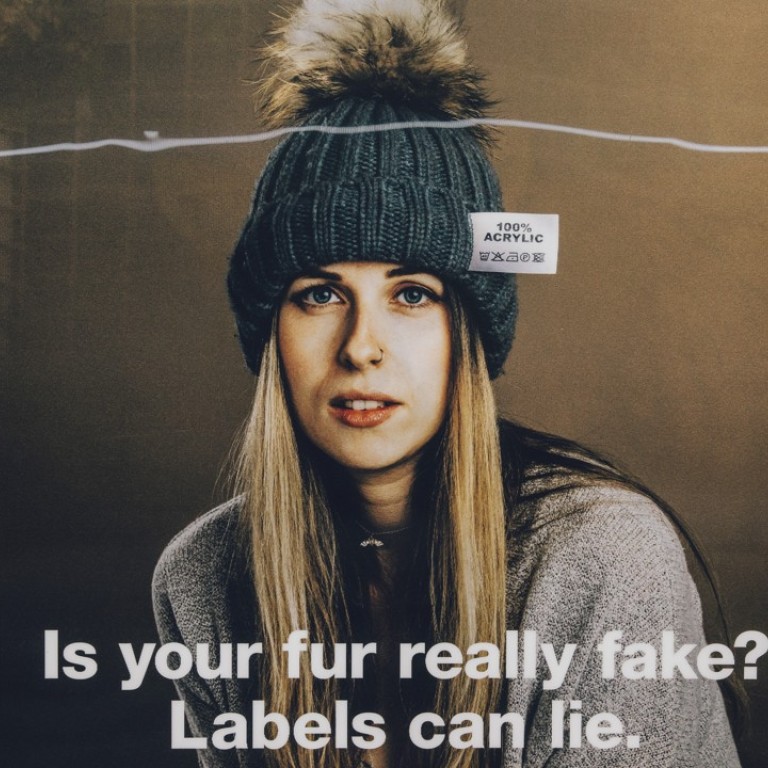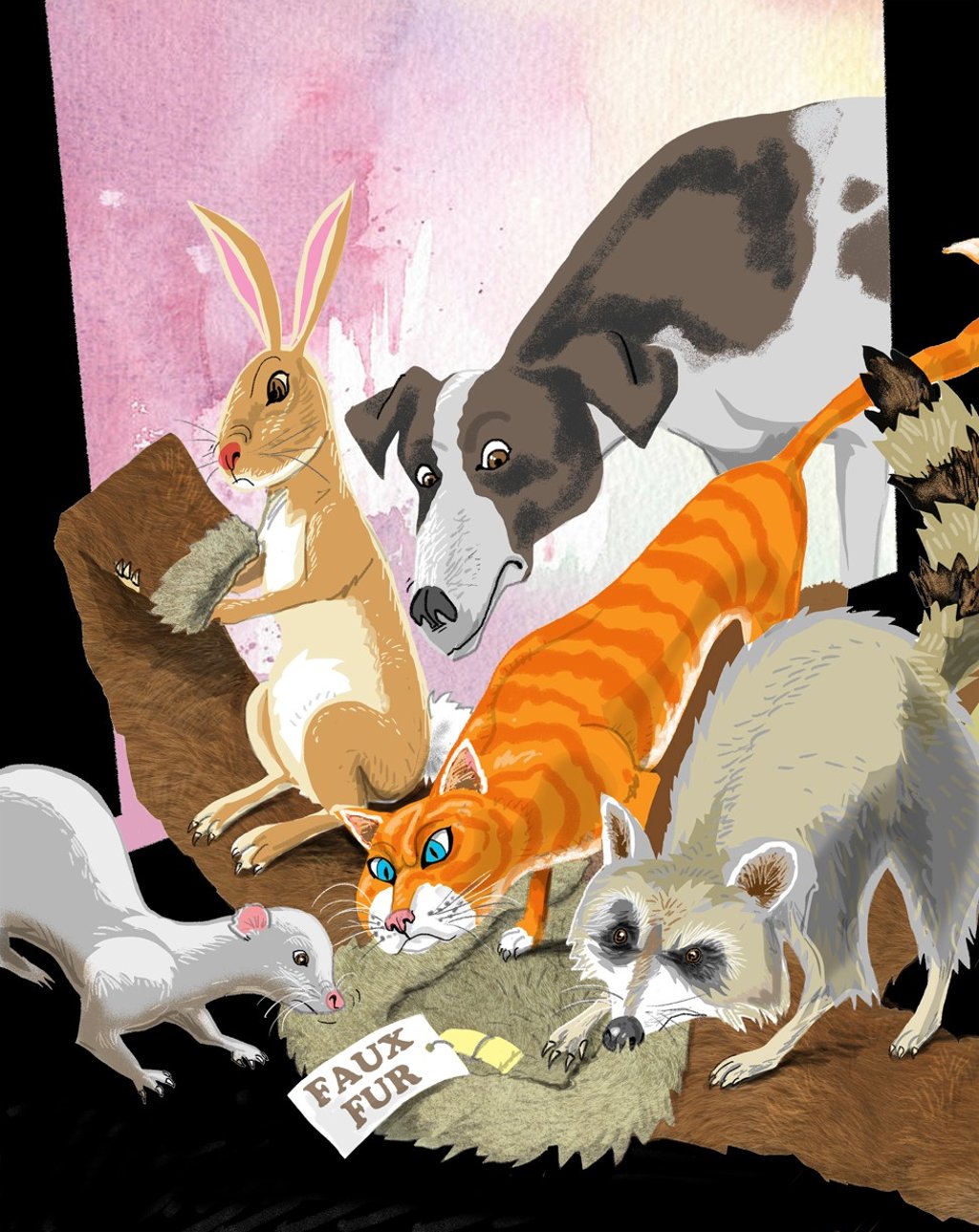Fake fur or real - do labels lie?

More luxury brands are jumping on the ‘no fur’ bandwagon, but fur supporters claim it has less environmental impact than faux fur
As far as fashion goes, it might seem that the fur debate is won.
“Things are changing around the world now, even in markets [that have traditionally been the biggest consumers of real fur] like China,” notes Yvonne Taylor, director of group corporate projects for the animal welfare campaign group PETA (People for the Ethical Treatment of Animals). “The fact is that when the likes of Gucci say it will not use fur any more, that makes headlines all around the world.”
And Gucci is by no means the only super-glossy fashion brand to have finally come out against the use of fur, given what many, if not all, identify as the clarity of the moral argument against it. Michael Kors and Versace are also among the big names to have, over the last year, committed to going fur-free. The recent London Fashion Week event was the first to have no fur of any kind at all.
And yet now there is another spin to the story – the revelation that, according to a report by the Humane Society International, the faux fur you might be happy to wear is all too often made of real fur, typically raccoon, dog, rabbit, mink or cat. Its investigation found this to be the case with products from high-street shops, but more prevalently from online retailers, including Amazon and Etsy.
The reasons for this are threefold. There’s the lack of welfare regulations in China, the world’s biggest fur exporter, but also where so much of the world’s clothing, of all qualities, is now made. The oversupply of real fur sometimes makes its use more cost-efficient to use than the fake variety – real fur isn’t, as it’s often perceived as being, an expensive product any more, leading consumers to readily conclude that, say, a fur trim on a cheap coat must be faux. And then there is inadequate labelling, at least across the EU: a regulation enacted in 2011 to clearly label any textile product if it has parts of animal origin is widely ignored.
“Often the retailers in question do not know that the faux fur they’re selling is actually real – it’s someone else along the supply chain who’s being dishonest,” explains Harriet Barclay, the Humane Society International’s campaigns manager. “But, of course, companies are free to put proper checks in place and haven’t done so.”
Consumers should also pay more attention: is the fur stitched into its base, or are follicles visible?
This muddying of the waters is believed to be so widespread that, to bring clarity – and, for those authorities that have already banned fur farming, consistency – outright bans on fur sales look to be in the offing. Los Angeles, West Hollywood and San Francisco have already brought in a citywide ban. The British government is now recommending a public consultation on doing so nationally, and last year India introduced an import ban, while Israel is considering it.
